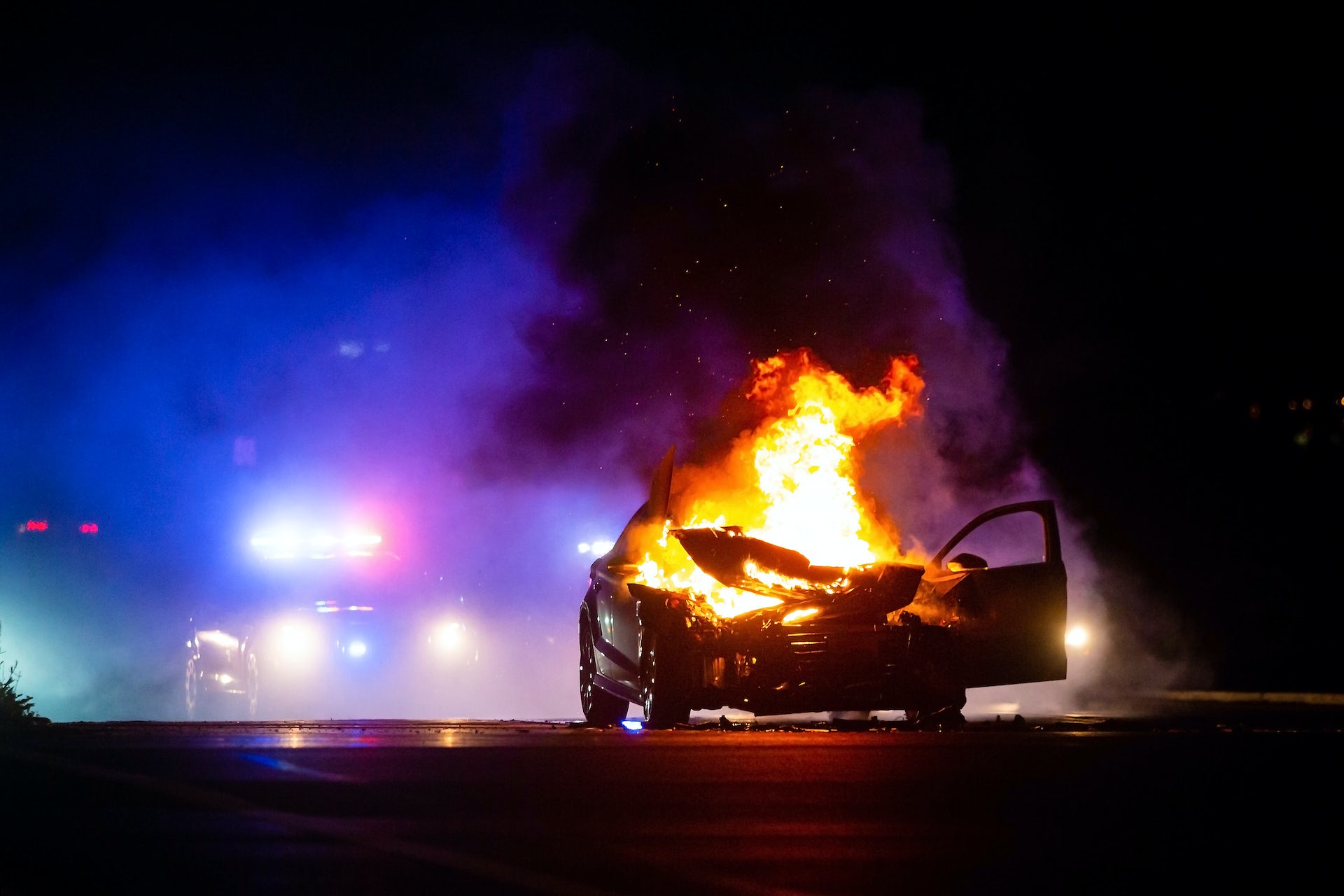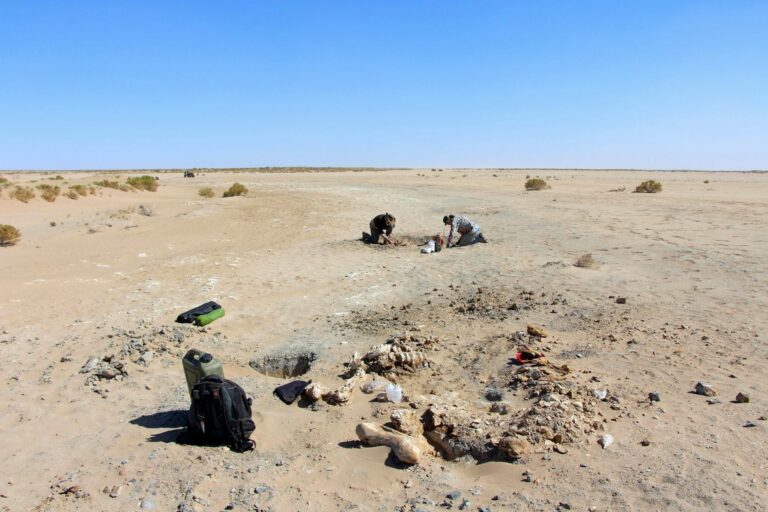An expert explains the causes, intensity, and firefighting methods for lithium-ion battery fires.
Imagine this scenario: you’re driving along the beautiful Great Ocean Road in your new electric vehicle (EV), enjoying the ocean view and the wind in your hair. However, what if I told you that this peaceful drive could quickly turn into a nightmare with the smell of something burning in the air?
In Australia, we have recently experienced two significant lithium-ion battery fires. One occurred in the car park of Sydney airport, while the other took place at the Bouldercombe battery storage site in Queensland.
When a lithium-ion battery fire occurs, the damage can be extensive. These fires are not only intense but also long-lasting and potentially toxic.
So, what causes these fires?
Most electric vehicles on Australian roads are equipped with lithium-ion batteries. These batteries, which are also found in smartphones and laptops, are known for their ability to store a large amount of energy in a compact space.
In reality, lithium-ion batteries in EVs are generally safe. From 2010 to June 2023, only four electric vehicle battery fires were recorded in Australia. A recent study predicts that there may be around 900 EV fires between 2023 and 2050, which is still relatively low.
However, when EV batteries overheat, they can experience something called “thermal runaway.” This chemical reaction can be triggered by faults in the battery, such as internal failures or external damage. In extreme cases, it can lead to a battery fire or explosion.
Lithium-ion battery fires can be caused by various factors, including improper charging or physical damage due to user behavior. Additionally, larger batteries like Tesla’s Megapacks, which are used for energy storage and grid stabilization, can also catch fire.
The recent fire at Bouldercombe involved one of 40 lithium-ion Megapack 2.0 units on-site. These Megapacks have a capacity of 3 megawatt hours and can generate 3,000 kilowatts of electricity per hour. As a result, the fire is expected to burn for several days.
If a fire breaks out in an EV or battery storage facility, it is important to avoid using water to extinguish it. Lithium-ion batteries react with water, which can actually fuel the fire and make it worse. Water’s reaction with lithium produces flammable hydrogen gas, increasing the fire hazard.
Instead, it is recommended to use specialized fire extinguishers designed for lithium-metal fires or electrical fires. These extinguishers contain substances like sodium chloride powder or pressurized argon, which can help combat the challenges posed by lithium-ion batteries.
After a battery fire, there is another often-overlooked danger: toxic fumes. When lithium-ion batteries catch fire, they release dangerous gases such as carbon monoxide, hydrogen fluoride, and hydrogen chloride. In confined spaces like garages, these fumes can quickly accumulate and pose a health risk.
If you own or plan to own an EV, it is essential to familiarize yourself with its safety features and charging recommendations. Being aware of your vehicle’s thermal management system and any sensors that can detect potential issues can help prevent fires. Avoiding overcharging and using fast chargers excessively can also reduce the risk of battery fires.
In the event of a fire, it is crucial to call emergency services for professional assistance. EV fires are rare, but it is always better to prioritize safety and seek expert help when needed.






